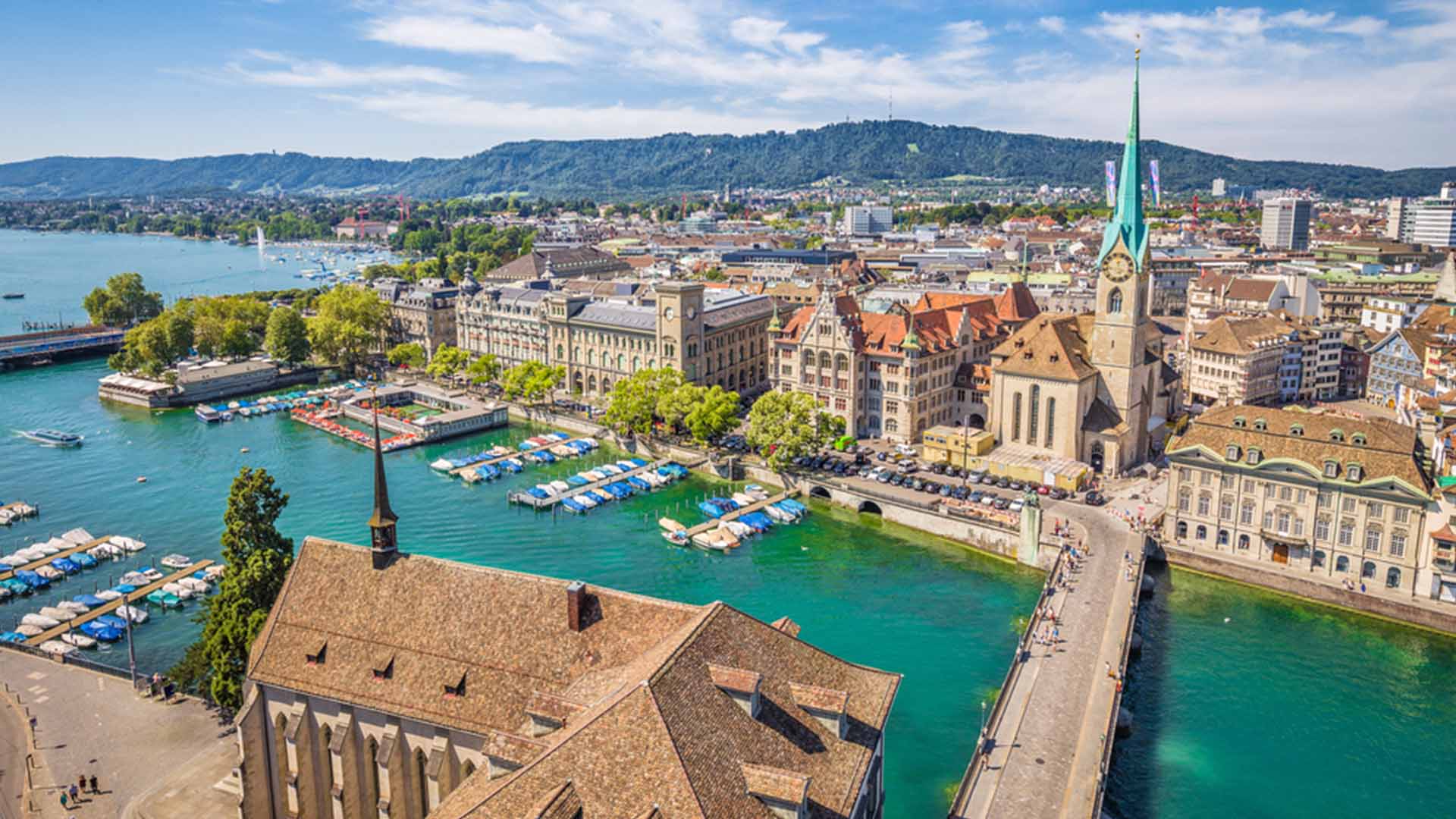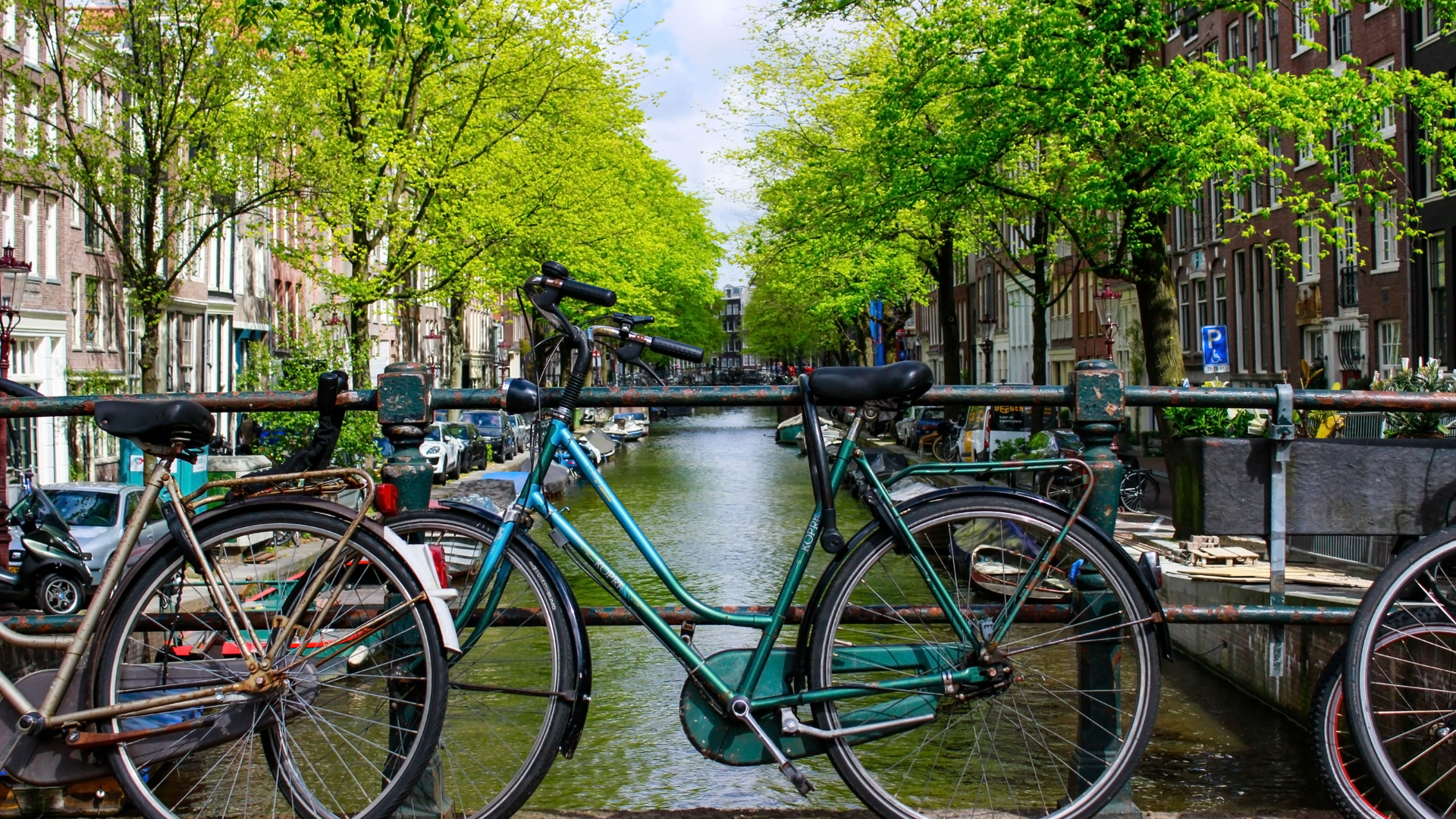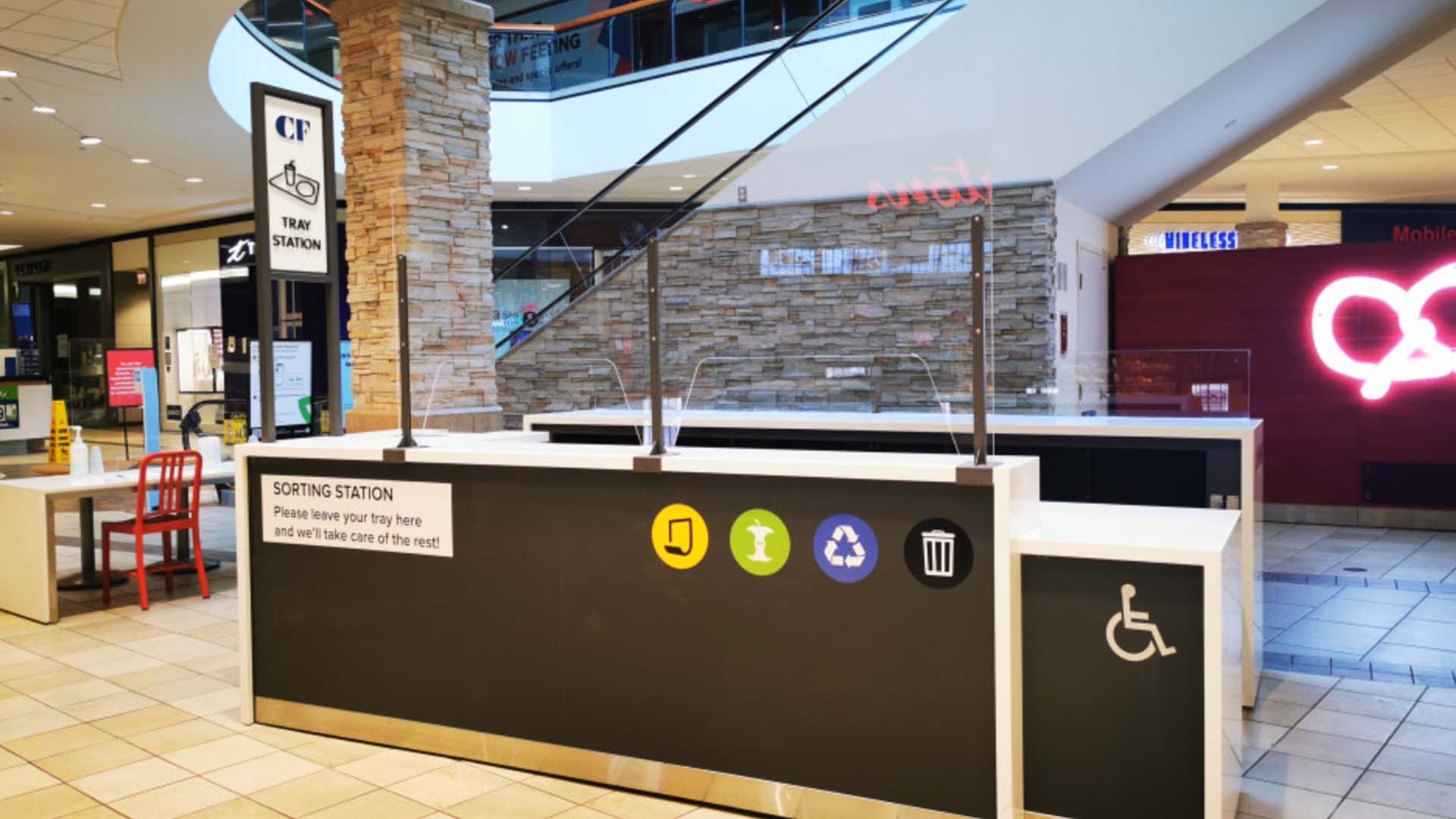A startup in Morocco is building affordable dome homes using an abundant and eco-friendly material: soil.
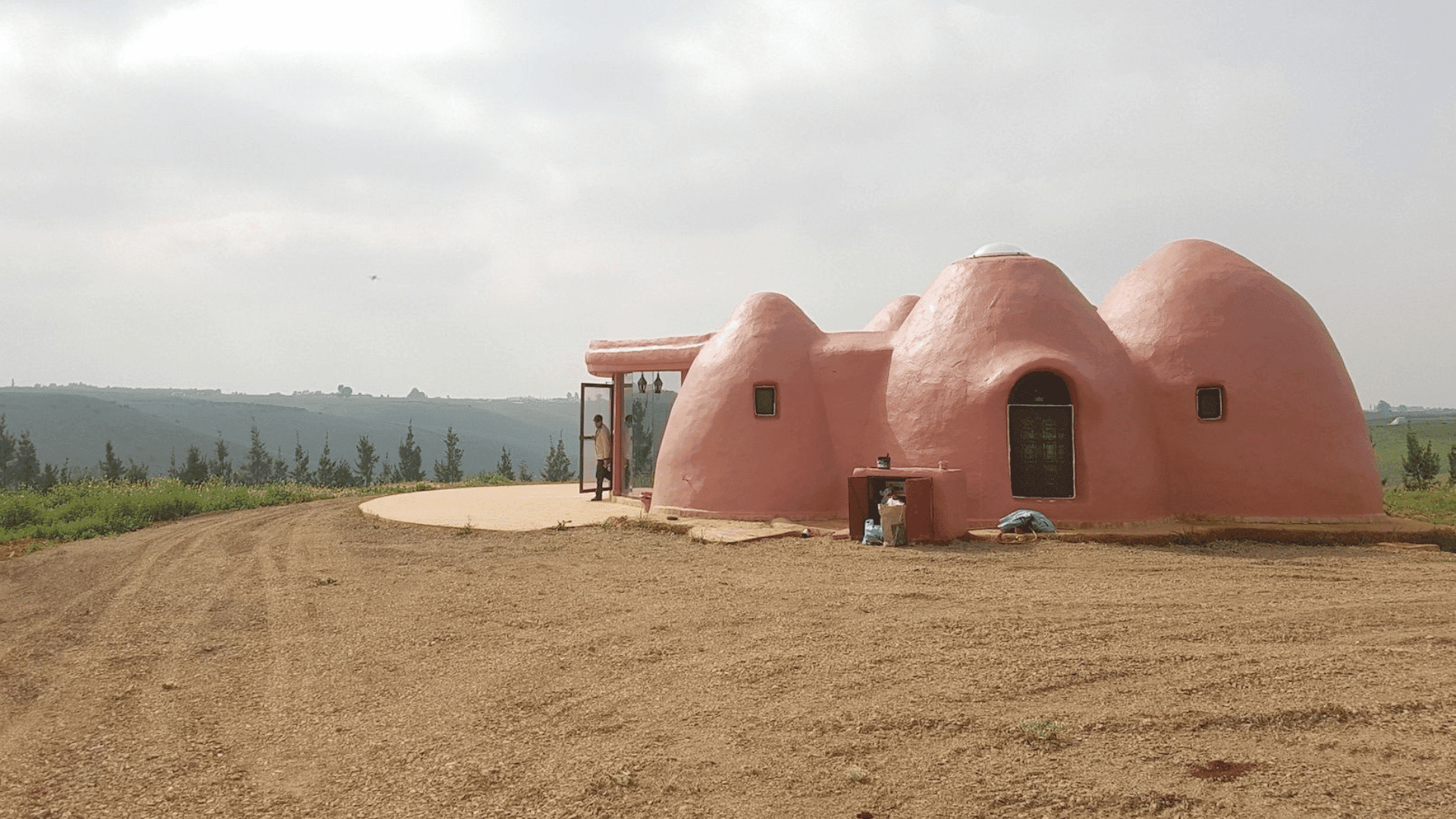
Eco-dôme Maroc was founded in 2016 and combines modern technology and local traditions by constructing dome-shaped buildings that are less expensive, more energy-efficient, and more environmentally sustainable than concrete homes.
Founder Youness Ouazri says he discovered “a very rich tradition of earthen construction” used by previous generations while he was traveling around the country.
“We simply took this existing know-how and adjusted it to modern technologies to come up with a concept that is eco-friendly, cost-effective, and very rapid to implement,” he stated.
Every Eco-dôme design is unique and the company begins by analyzing the soil composition on site once it receives an order. This allows them to determine the suitability for construction.
When building, small quantities of lime or cement can be added for optimal performance. Thermal simulation models are run to ascertain the ideal thickness of the dome’s walls. This allows the walls to absorb heat in the summer and release it during the winter, which means the building will use as little energy as possible for heating and cooling.
In addition to being more environmentally friendly, eco-domes are much faster to build than a standard home. They build homes utilizing a few techniques, one of which is called “superadobe” which uses stacked polypropylene bags filled with soil. Other methods include using a wooden frame for the structures to obtain a rectangular, rather than round, floorplan.
Prices range from around 2,500 Moroccan dirhams ($247) per square meter to 4,500 dirhams ($445) and can vary according to the soil and site. Ouazri stated this can be one-third cheaper than a standard home “mainly because we eliminate a big part of the raw materials that we’d need to acquire since we are using local soil. We also eliminate the logistics associated with that, such as transporting materials to the site.”
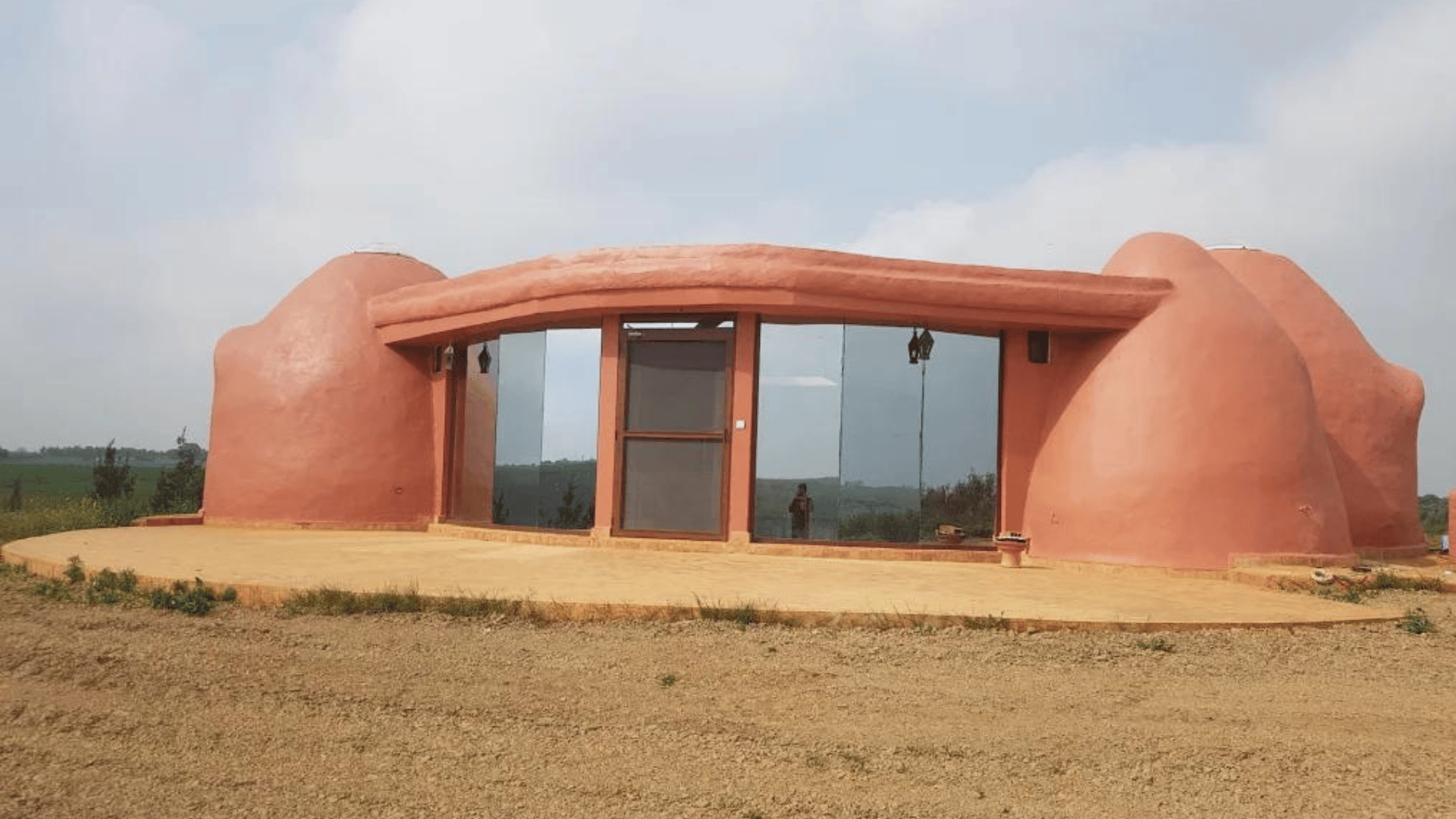
Since the creation of the first Eco-dôme home in 2017, the company has built more than 100 domes across 40 different sites. Their largest home is a 2,700-square-foot cultural center in Agouim.
The company is now aiming to begin construction in other countries and they’re currently looking at Tunisia and the Ivory Coast. Youssef El Ganadi, a professor of architecture at the International University of Rabat, believes the uptake of the homes has thus far been limited by a cultural barrier.
“Here in Morocco and in North Africa in general, many people have a mentality of wanting homes made of concrete, which they believe are more modern and robust,” he stated. “That has limited the project to a niche, favored mainly by those with a certain sensibility to environmental causes and particularly for second homes.”
The perception is slowly changing, however, and Eco-dômes are built in compliance with local construction regulations.
“[Earth] lasts longer than industrialized materials,” Ouzrai says. “In certain regions in Morocco, we have buildings that were made thousands of years ago. With the appropriate maintenance, our domes can last forever.”





